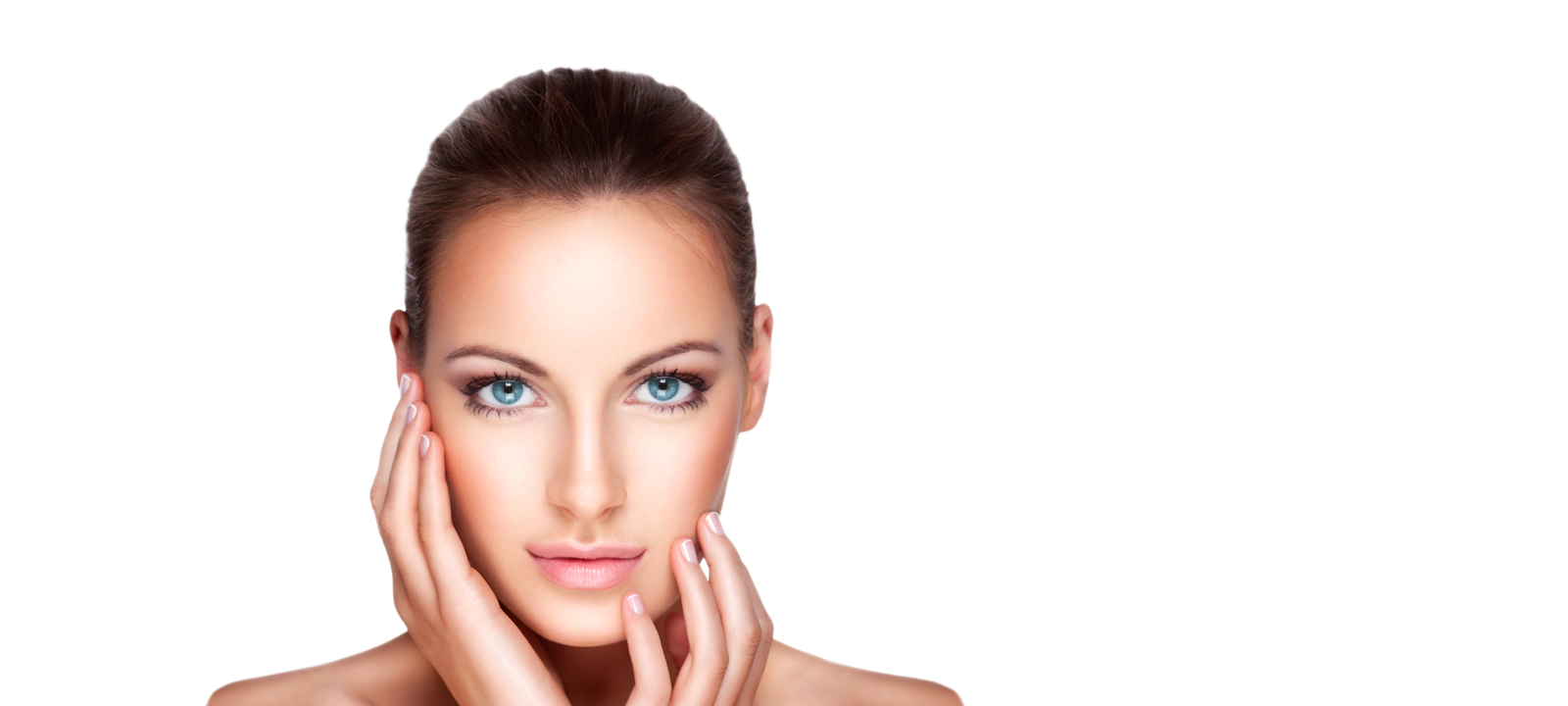What Is Nose (Rhinoplasty) Surgery?
Nose surgery, referred to as” rhinoplasty”, is a surgical procedure performed to heal deformities in the nose. In general, rhinoplasty procedures are performed under general anesthesia.
It can also be applied together with septoplasty, lower concha surgery and sinusitis surgery (endoscopic sinus surgery) to produce a solution to nasal congestion.
There is no harm in applying the rhinoplasty procedure to people over 18 years of age with good general health. The underage limit may vary depending on the facial development in girls and boys.
After examining the nose of people, their requests are learned, and together with the help of computer analysis, the appropriate shape of the nose is determined on the person’s face.
Contrary to what is known, there is no serious pain after the nose aesthetic operation. Liquid foods can be started after 3 hours. A small amount of swelling and bruising occurs under the eyes and tends to increase slightly for 3 days and after 4 days they begin to regress.
Our patient can return to work on the 7th day after the plaster cast on the nose is removed. Stitches are also removed on the same day. There are no stitch marks left. The second check is done on the 14th day.
- Kozmetik amaçlı
- Sağlık sorunları
- Kemerli yapı
- Nefes almada yaşanan sorunlar
How Is Rhinoplasty Performed?
Rhinoplasty surgery, which is one of the most common surgeries in the field of plastic surgery, is an application that improves the patient’s breathing and corrects the shape of the nose.
The aim of nose surgery is to make a nose that is natural and not obvious to the profile of the face.
Nose is one of the most important organs located in the middle of the face and providing air passage functionally. In nose operations, it is very important to pay attention to this factor during surgery.
If there are structures in the nose that cannot perform their function, they should be improved, and the patient’s breathing quality should be improved. In addition, the success rates of the operation also vary depending on the patient’s skin characteristics.
If the skin is thick or thin, the specialist should determine his methods according to these skin characteristics. In addition, the thinness and shape of the cartilage, old injuries that develop in the cartilage and bone can also be improved with this operation.
It is an operation to reshape bone and cartilage structures by separating bone and cartilage tissues from the skin and mucosa. Incisions are made inside the patient’s nostrils. No incision marks remain on the patient’s skin.
Who is Suitable for Rhinoplasty?
If the patient is over 18, if bone development is completed and there is no health problem that may prevent surgery, he is a suitable candidate for rhinoplasty surgery.
The most important factor determining the success rate for rhinoplasty surgery is the correct patient selection before surgery.
The patient should know why he wants to have nose surgery, know that he should keep his expectations of surgery realistic and be able to communicate with his doctor in a healthy way.
Before surgery, the patient is told in detail in stages what can be done about his nose. After rhinoplasty, what the patient expects and the shape of the nose after surgery are shown in a computer environment. Then surgery preparation begins.
At this stage, the surgery can be performed under general or, in some cases, local anesthesia, depending on the condition of the patient and the nose. This operation takes approximately 3 hours.
After rhinoplasty surgery, a tampon is placed in the nostrils and a splint is applied on the nose.
A small amount of swelling and bruising may occur around the eyes. This situation is normal and expected. The bruises start to disappear after two days. The patient can return to his life in a short time. Swelling starts to regress within a month.
However, this regression lasts between 1 year to 1.5 years depending on the structure of the nose and the condition of the patient. The shape of the nose sits exactly after this period. During this period, the patient is frequently called for a check-up.
Rhinoplasty must be performed by experienced, visionary, and professional people in this field.
Aesthetic operations performed by plastic surgeons who know high-level techniques will not have any problems. Otherwise, the patient may need a second operation.
After Rhinoplasty
After rhinoplasty surgery, it is natural to have a small amount of swelling and bruising under the eyes and at the root of the nose. Now, thanks to the correct application of special anesthesia techniques and local anesthetics during the operation, we encounter very little swelling and bruising when exiting the operation.
Swelling and bruising in these areas tend to increase 2-3 days after surgery and are not very uncomfortable, from the 4thday they begin to decrease and, on the 7th-10th day the bruises and swelling disappear on the 10th-14th day.
Meslek Yılı
Uzmanlık Alanı
Başarılı Operasyon
FREQUENTLY ASKED QUESTIONS

